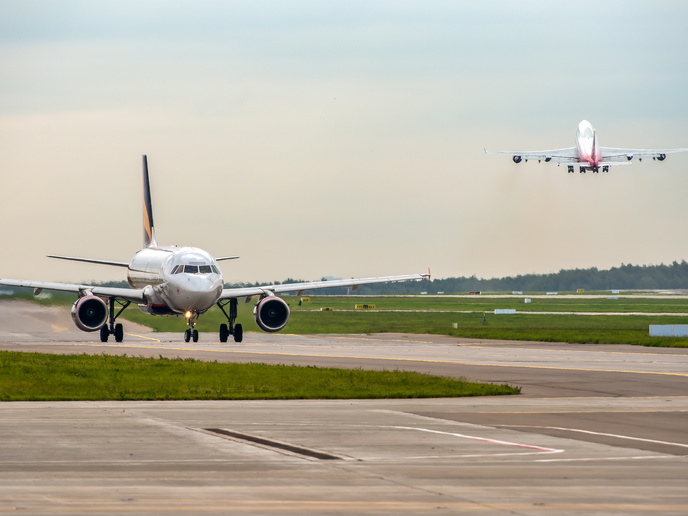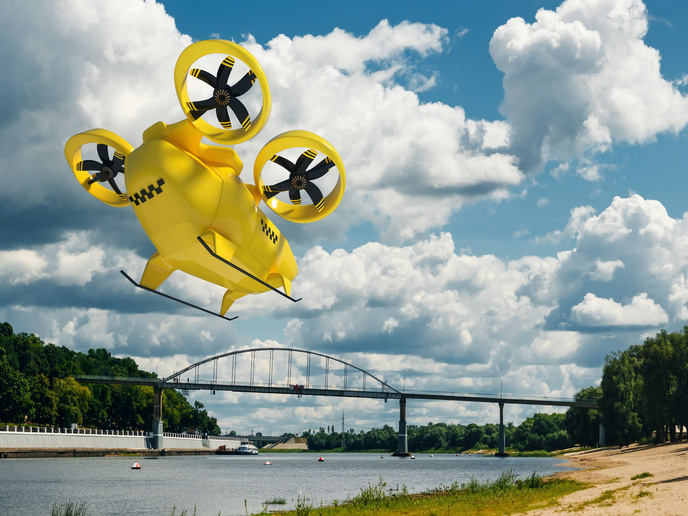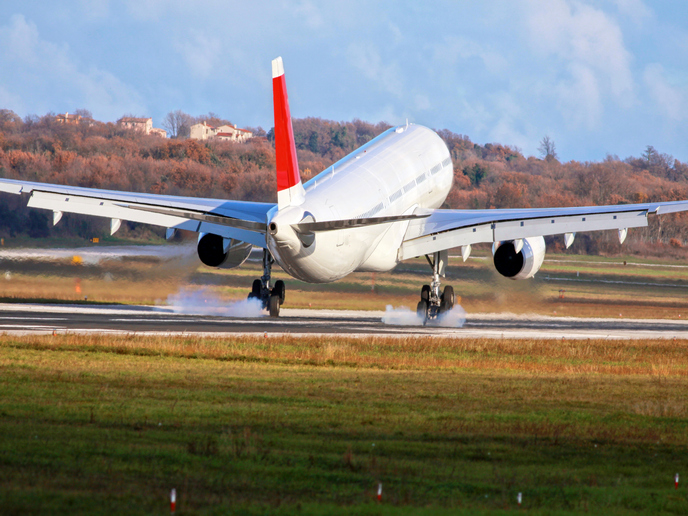Improving fuel efficiency gate to gate
Mobility and transportation are essential to a thriving society. The EU is striving to ensure that aviation – a highly visible and fuel-intensive anchor of the transport sector – is economical, safe and environmentally friendly. Funded within the framework of the SESAR Joint Undertaking/Delivering the Digital European Sky, SESAR, a public-private partnership set up to modernise Europe’s air traffic management system, the ALBATROSS project tested recent innovations intended to improve fuel efficiency.
Testing technical and operational innovations
Taking a holistic approach, ALBATROSS brought together a team of stakeholders committed to collaboration. Team members included airlines, air navigation service providers, airports and industries. Project partners were located in seven European countries: Austria, Belgium, Germany, France, the Netherlands, Sweden and Switzerland. The comprehensive approach employed by the project allowed for the testing of many of the innovations delivered by SESAR in recent years. These innovations include leveraging data analytics, applying machine learning, and providing tools that allow pilots to optimise in-flight trajectories. Improving the fuel efficiency of air travel isn’t limited to flying. Many of the innovations tested relate directly to what is happening on the ground. For example, the project investigated improvements in taxiing operations. The effects of single engine taxiing and the use of a sustainable hybrid towing device were also explored.
Gate to gate in city pairs
The goal of ALBATROSS was to identify innovations that deliver results and which can be readily adopted by the aviation industry. According to project coordinator Mattia Nurisso: “The overall results are extremely satisfying: improvements have been demonstrated and sometimes permanently deployed, always in real operational contexts.” These impressive results were achieved through live trials in over 1 000 flights between paired cities. Carried out in eight groups of exercises, the live trials investigated all aspects of a flight– from taxi to take off, continuous climb and descent, optimisation of trajectory, aspects of piloting practices and various air traffic management (ATM) processes. Some of the trials focused on a single innovation, but many trials investigated multiple innovations simultaneously. For example, flights between Paris and Stockholm explored continuous climb operations, improved inter-sectoral coordination and free route airspace.
A step in the direction of zero fuel waste
Thanks to a rigorous methodological approach, which included a feasibility study prior to the live trials, ALBATROSS has set the stage to investigate SESAR innovations with a broader panel of stakeholders. The solutions explored by the project were in an advanced stage of validation, and the results of the trials are quite promising. ALBATROSS represents a crucial component of the overall SESAR initiative. By testing solutions in a large-scale demonstration, the project has helped to identify solutions ready for immediate implementation. Subsequent projects, such as SESAR Joint Undertaking/Highly Efficient Green Operations (HERON) will continue the work, with a goal of expanding the number of strategies for fuel efficiency in aviation. Modern life relies on the opportunities provided by air travel, but many problems must be solved if modern living is to be sustainable. ALBATROSS shows that the aviation industry is up to the challenge. As Nurisso states: “This project can be considered a visible sign of the concrete and long-lasting willingness of European aviation to pursue carbon emission reduction by taking advantage of available air and ground technology and collaborative processes.”
Keywords
ALBATROSS, fuel efficiency, large-scale demonstration, SESAR, aviation, operational innovations, gate to gate, zero fuel waste







